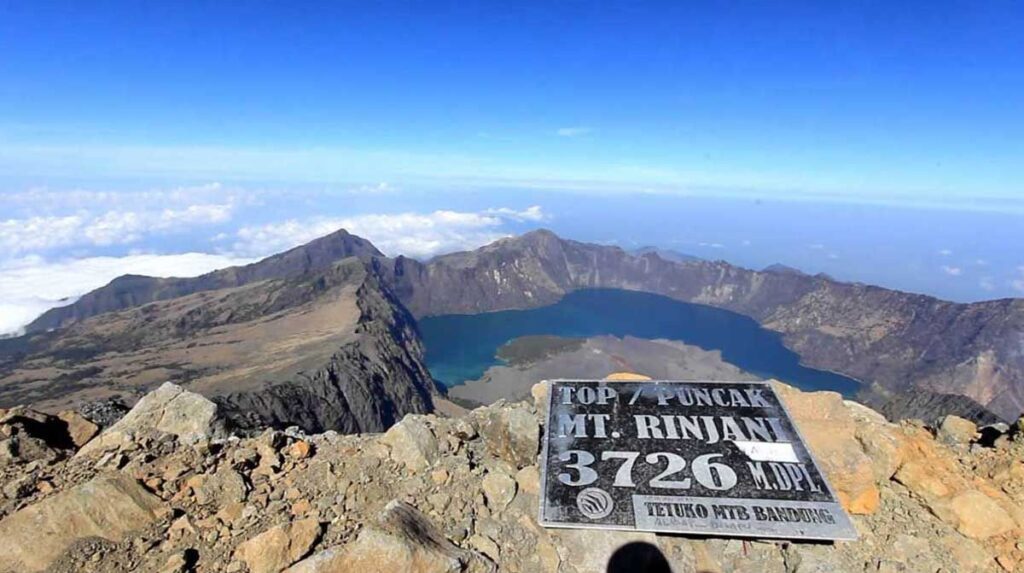Mount Rinjani, standing at 3,726 meters, is one of Indonesia’s most iconic and challenging trekking destinations. Known for its breathtaking scenery, including the Segara Anak Lake and the active volcano Gunung Baru Jari, the journey to the summit is a test of endurance and determination. But just how difficult is the Rinjani summit trek? Here’s a breakdown of what to expect based on a trekker’s experience.

The Challenge of the Ascent
The Rinjani summit climb is not for the faint-hearted. The final push to the summit begins in the early hours of the morning, usually around 2 AM, to catch the sunrise at the peak. This part of the trek is the most difficult, as the trail is steep and consists of loose volcanic scree. Hikers often find themselves taking one step forward and sliding half a step back due to the slippery terrain. The thin air at high altitude also makes breathing more difficult, especially for those who are not acclimatized to such elevations. It’s a mental and physical battle, requiring perseverance and a steady pace.
The Long Journey
The full trek to the summit of Rinjani typically takes 2-3 days, depending on the chosen route. Most trekkers start from either Senaru or Sembalun, with the latter being the more popular route for summit attempts. The trek involves long, grueling days, with the first day often consisting of a steep hike through forests and savanna to reach the crater rim. By the end of the first day, many trekkers are already feeling the strain on their legs and backs. However, the stunning views of Segara Anak Lake from the crater rim provide a rewarding end to a hard day’s trek.
Physical and Mental Endurance
Reaching the Rinjani summit requires a combination of physical fitness and mental toughness. Many trekkers find the hike exhausting, with sharp ascents, rocky paths, and unpredictable weather conditions. The temperature drops significantly at night, especially near the summit, so proper gear like warm clothing and sturdy boots is essential. The key to conquering Rinjani is pacing yourself, taking breaks when necessary, and maintaining a positive mindset throughout the trek. While the final climb is extremely challenging, the view from the top—overlooking the island of Lombok, the Gili Islands, and even parts of Bali—is a once-in-a-lifetime reward that makes the effort worthwhile.
Experience vs. Preparation
Though the Rinjani trek is challenging, it is not reserved solely for experienced hikers. With the right preparation, even beginners in good physical condition can successfully complete the trek. It’s important to train beforehand, focusing on building stamina and leg strength, as the steep climbs and long trekking hours can take a toll on your body. Bringing enough water, snacks, and the right equipment is crucial to ensuring a smoother climb. Additionally, trekking with an experienced guide and porters can greatly improve your chances of reaching the summit, as they help with logistics and offer valuable encouragement.
Conclusion
So, how difficult is the Rinjani summit? It’s undoubtedly one of the most challenging treks in Southeast Asia, but with adequate preparation, perseverance, and the right mindset, it’s an achievable goal. For trekkers willing to push their limits, the experience is both humbling and immensely rewarding. The stunning landscapes, the sense of accomplishment upon reaching the peak, and the opportunity to explore one of Indonesia’s most beautiful natural treasures make the Mount Rinjani trek an unforgettable adventure.

